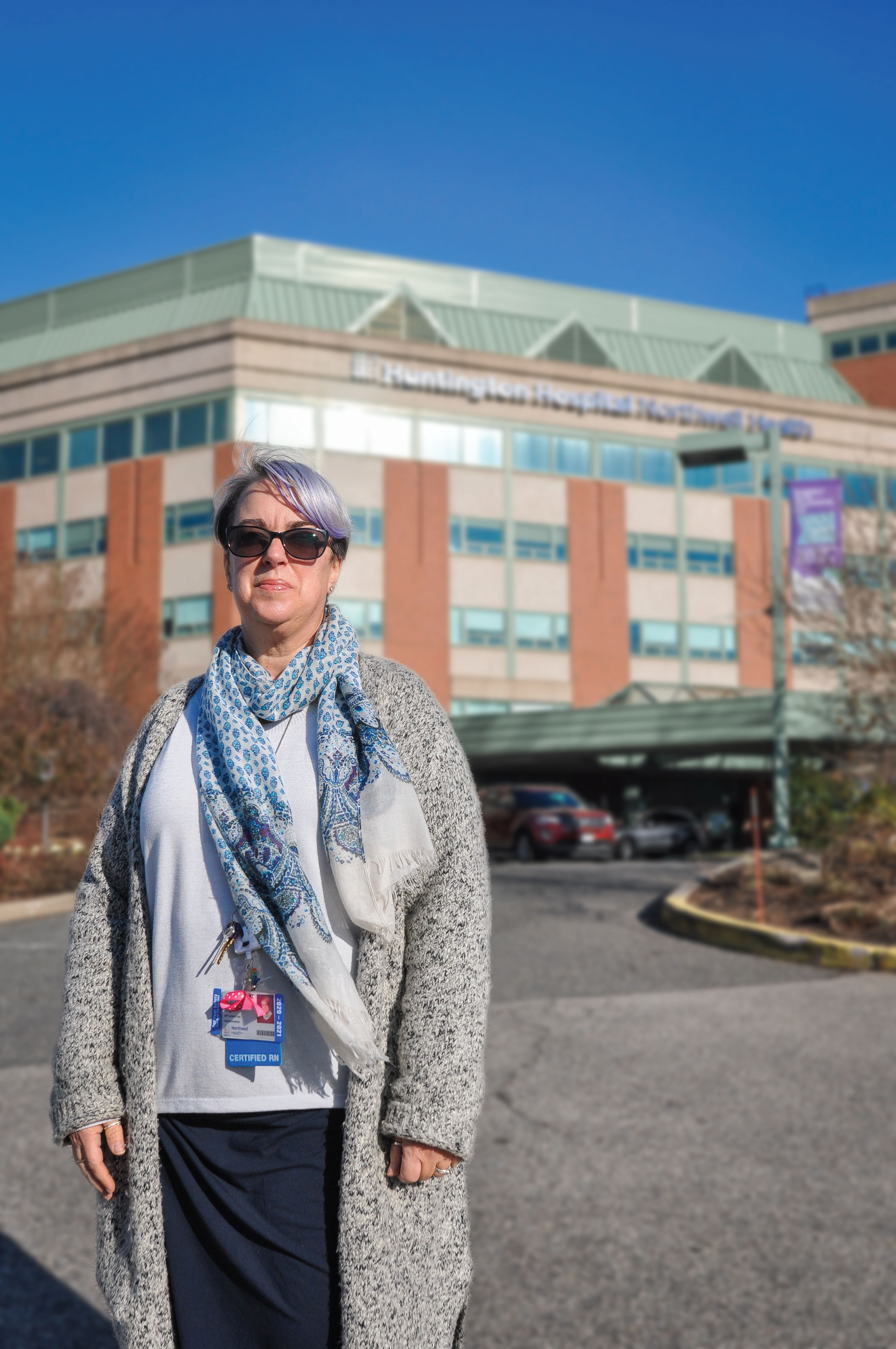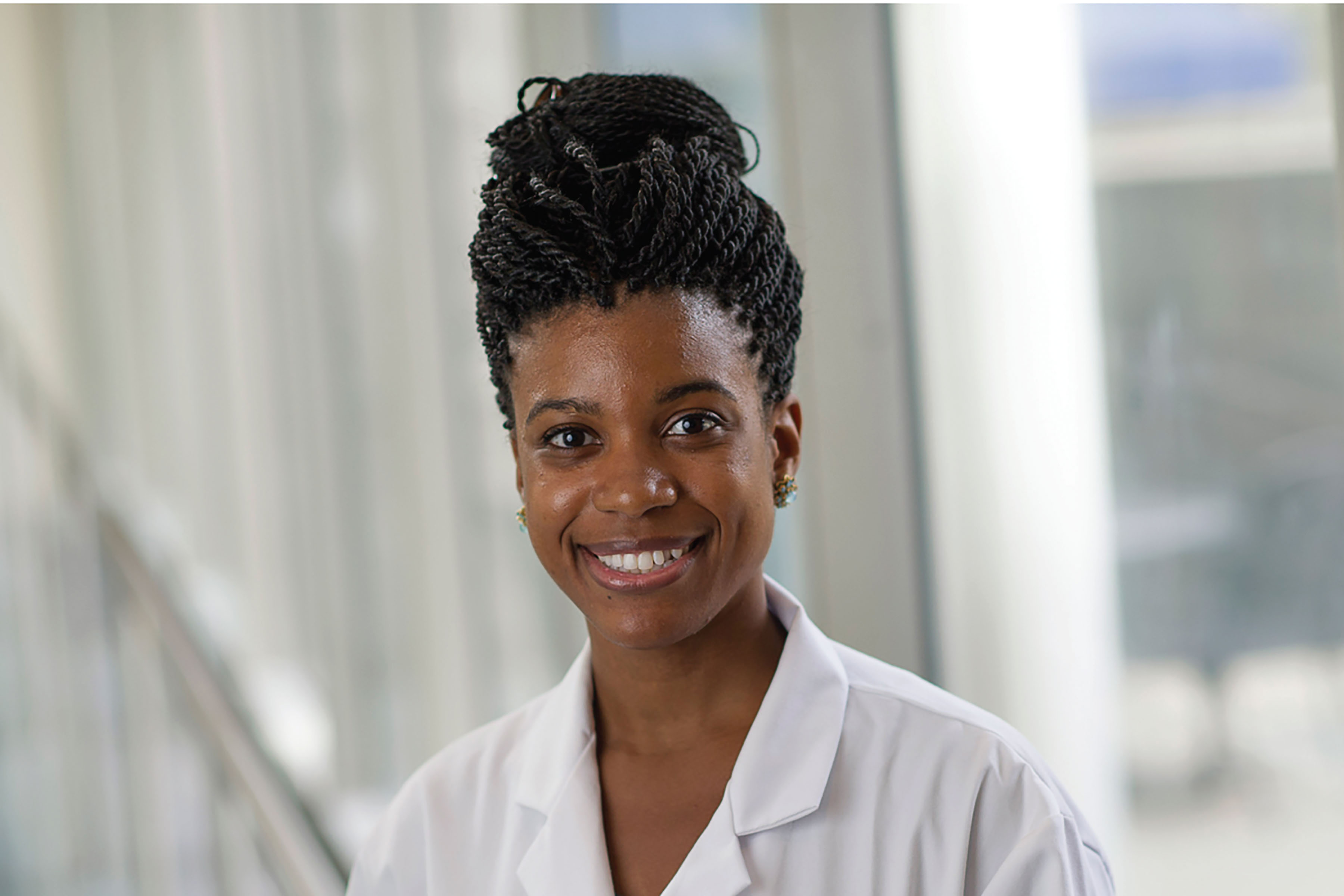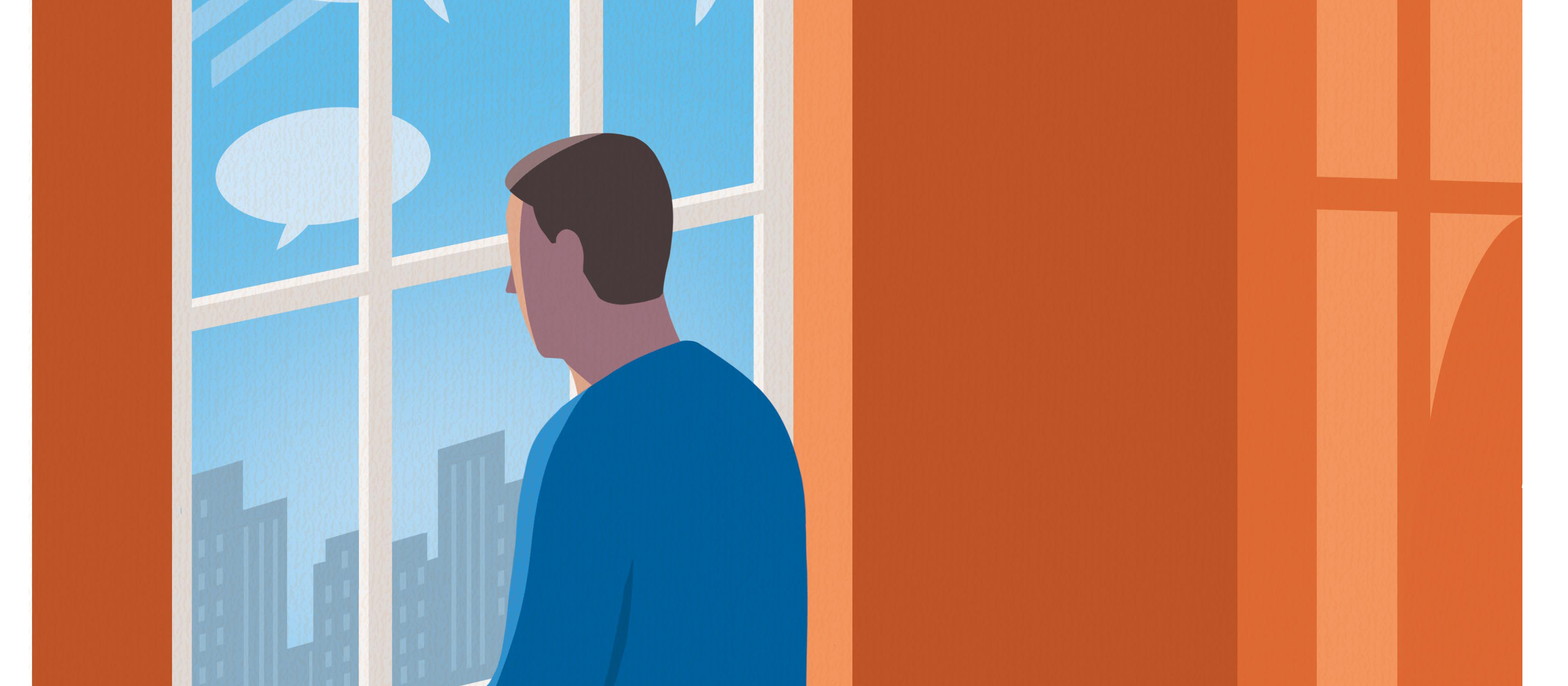Patients with cancer navigate many isolating experiences: treatment side effects such as alopecia, long stays in the hospital, loss of life’s normalcy, and limited time with friends and family.

If patients don’t have a support system of family or other caregivers, they may be at risk for physical and emotional isolation that can affect everything from their ongoing care to their long-term outcomes.
Isolation’s Effect on Cancer Care
ONS member Valerie Burger, MA, MS, RN, OCN®, CPN, assistant vice president of cancer operations at Northwell Health in Huntington, NY, and member of the Long Island Queens and Suffolk County ONS chapters, said that after a cancer diagnosis, patients may not want to build the support network they’re going to need. Cancer alters life’s normalcy, and many patients don’t want to discuss their diagnosis for fear of pity or avoidance.
“Patients may fear bringing up their distress or concerns because they dread chasing their friends away,” Burger said. “Friends often feel awkward and don’t know what to say when a person is diagnosed with cancer. So they choose to say nothing or to stay away.”
But that may have consequences. All-cause mortality rates in socially isolated populations are 23.5%, compared to 13.7% in nonisolated populations, and patients with breast cancer who have inadequate social support have a substantial increase in cancer-related mortality. And a patient’s social environment may alter basic physiological processes, which in turn might modulate tumor growth.
“If you are isolated and fearful, you live in a constant state of tension that we also know can have negative effects on your health,” Burger said. “Without those social contacts, the isolation can be detrimental.”
Aside from the emotional effects, a support system has practical benefits as well. Local family and friends can help patients when they don’t have enough energy to keep up with all the aspects of daily living.
“Having a support network can be the difference between having your next meal or going hungry,” Burger said. “Patients may be unable to drive to their treatment, and without a social network getting the right care will be difficult, if not impossible, and that affects outcomes.”

Risk Factors for Isolation
Experiencing treatment side effects is one way cancer can be emotionally isolating. ONS member Naomi Cazeau, RN, MSN, ANP-BC, AOCNP®, nurse practitioner at Memorial Sloan Kettering (MSK) Cancer Center’s inpatient bone marrow transplant (BMT) unit in New York City and member of the New York City ONS Chapter, said that BMT recipients can experience complications such as graft-versus-host disease, engraftment syndrome, or neutropenia. Their increased risk of infection may also cause them to withdraw to avoid being exposed to colds, flu, or other viruses.
“Complications and side effects carry a burden of fear and anxiety for patients,” Cazeau said. “Facing this challenging period with limited caregiver support has proven to be a struggle for a number of my patients.”
Society also views cancer differently than other illnesses, Burger said. “I think people talk more readily about their heart disease or their joint replacements because those illnesses are seen as areas of strength, where if you tough it out, eat right, and exercise more, you will get better. We can replace those parts and people are better,” she said.
“That’s not the case with cancer,” Burger continued. “Cancer is seen as an affliction. We fight against it. We wage war. Until very recently, we hadn’t even normalized the word cancer. It was called the ‘Big C’ or whispered in the corner so no one would hear.”
COVID-19’s Compounding Factors
Cazeau said the anxiety surrounding the COVID-19 coronavirus has affected her patients’ ability to cope with transitions in cancer care—both in the hospital and at home.
“Individuals with cancer are among those most vulnerable to the worst outcomes of the novel coronavirus infection; therefore, their anxiety may be even more heightened,” Cazeau said. “Cancer care clinicians must be mindful of the implications of social distancing on our vulnerable population and be prepared to respond to their needs for greater emotional support in the cancer setting.”
BMT recipients, who often require extended hospitalizations for treatments like stem cell transplantation or to manage posttransplant complications, may lose access to even the strongest support system because of visitation limits or concerns about unnecessary exposure.
“I’ve found, since the COVID-19 pandemic, that patients have become more fearful of being hospitalized because of nosocomial COVID-19 infection or separation from their caregiver with visitation restrictions,” Cazeau said. “We need more research to determine how social isolation related to COVID-19 will continue to affect individuals during cancer treatment.”
Screening for Emotional Distress
In November 2020, the Clinical Journal of Oncology Nursing published Cazeau’s case study on emotional distress screening, which was based on several stories she heard from both patients and loved ones who were hospitalized during the pandemic.
“Across a broad range of experiences—young, old, male, female, various disease processes and staging—we saw strikingly common themes of anxiety, sadness, and, at times, trauma each experienced as a result of physical separation from caregivers during their hospital course,” Cazeau said. “I wanted to give voice to that collective experience through the case study I shared.”
Making screening for those issues a standard part of care is the first step to improving them, Cazeau said. “I believe the key to addressing emotional distress from social isolation in patients with cancer is increasing awareness among clinical teams that the social isolation precautions we put in place to protect our patients can have secondary negative effects on their emotional health.”
Distress screening should be implemented at follow-up appointments—whether in-person or via telehealth. “Distress screening is the focused assessment of our patients for symptoms and signs of unpleasant experiences, whether physical, psychological, or spiritual, that have the potential to negatively affect their quality of life and their treatment or recovery from cancer,” Cazeau said.
According to Cazeau, validated instruments for distress screening include the Hospital Anxiety and Depression Scale (HADS), therapeutic communication, and active listening. HADS asks seven questions for anxiety and seven questions for depression, taking just two to five minutes to complete. Respondents are rated on a 0- to 21-point scale:
- Non-case (0–7)
- Mild (8–10)
- Moderate (11–14)
- Severe (15–21)
Cazeau also recommended the National Comprehensive Cancer Network (NCCN) Guidelines for Distress During Cancer Care. Included in the guidelines is the NCCN Distress Thermometer, which allows patients to rate their distress level on a scale of 0–10
NCCN’s (2020) guidelines describe distress occurring in five aspects of life: practical, family, emotional, spiritual or religious, and physical. To reach patients in every aspect, oncology nurses should involve the entire interprofessional cancer care team, Burger and Cazeau said, including social workers, psychiatrists, chaplains, and case managers. The interprofessional team can also help patients make those critical connections with friends and family, even if they are virtual right now.
“It’s also important to consider the anxiety our caregivers may experience being separated from their loved ones,” Cazeau said. “Nurses have a crucial role to serve in keeping caregivers engaged and routinely updating them on the progress of their loved ones to help mitigate their distress.”
The American Cancer Society and American Society for Transplantation and Cellular Therapy both offer additional guidance for patients and clinicians on managing emotional distress.
“The most important and therapeutic tool we bring to our nursing care is ourselves,” Burger said. “The therapeutic nature of our presence can either heal or harm, and our duty is to always intend to heal.”
Communication Is Key
“Especially now while we still need to isolate, communication is critical,” Burger said. “Develop a pathway to get information out to patients. It helps both the patient and the staff. A well-informed staff and a well-informed patient are golden.”
Burger said that oncology nurses can normalize the cancer experience and encourage patients to talk to loved ones about what they’re going through and how to best support them.
“Explain to patients that loved ones often need actual tasks to do rather than vague direction,” she said. “Both parties benefit: the patients get help, and the friends are given a specific task so they can feel useful without floundering or running away.”
In terms of the specific isolation challenges during COVID-19, “each day we’re learning more and more about how best to keep ourselves and those around us safe,” Cazeau said. “I’ve found hope in the ways we’re all figuring out how to maintain a sense of connection and normalcy in the face of this historic challenge.”
And nurses are leading the way. “When I step across a hospital room threshold, I know I am entering sacred space and it is most important to let everything else fall away to be fully present in the interaction with the patient I am serving,” Burger said. “In this way we prevent the social isolation from persisting and we bring light where people see darkness.”






